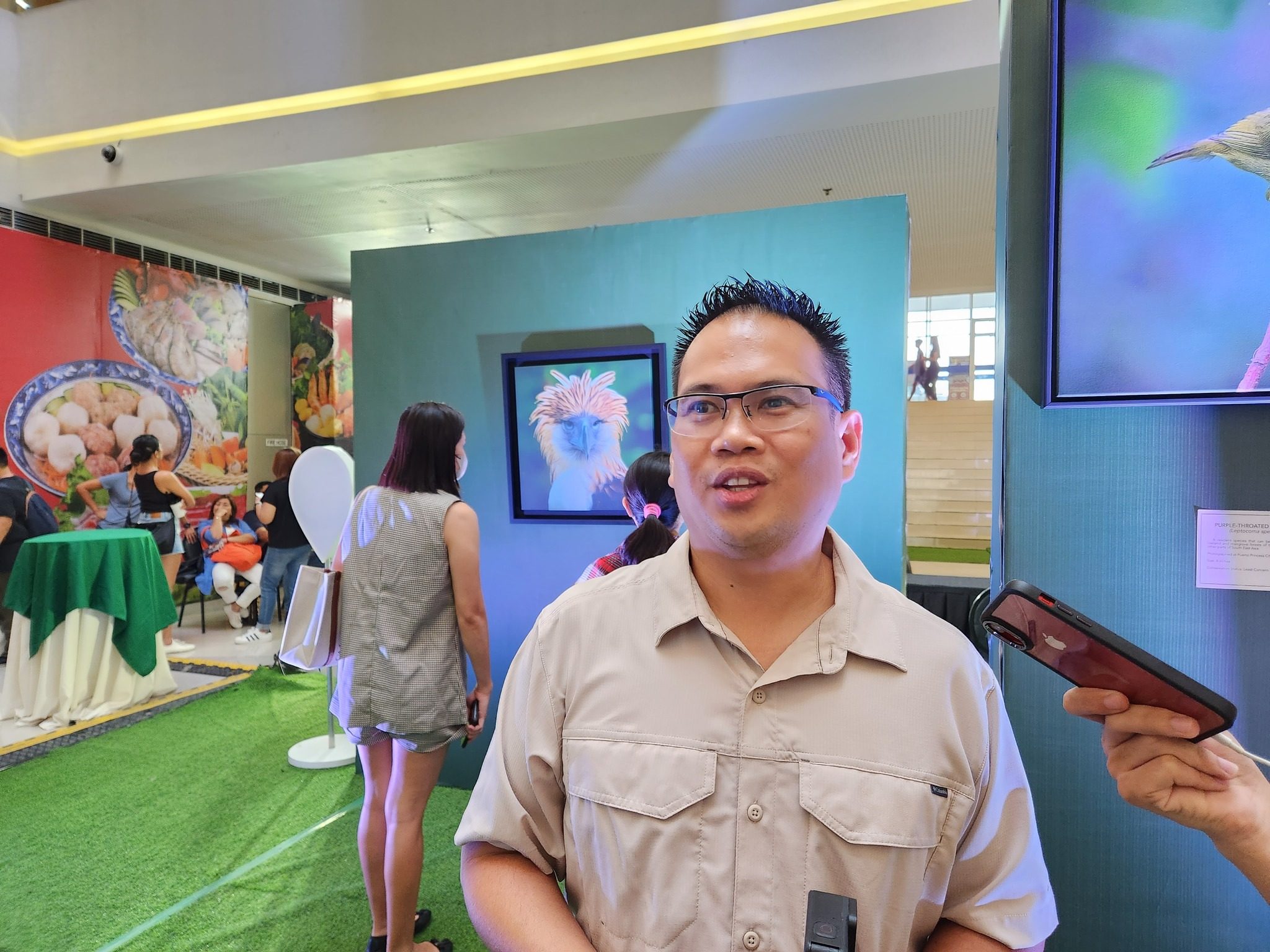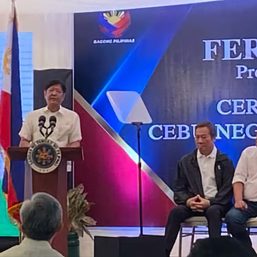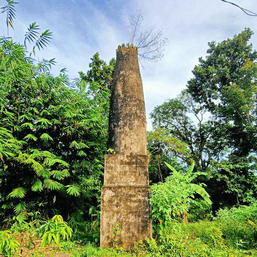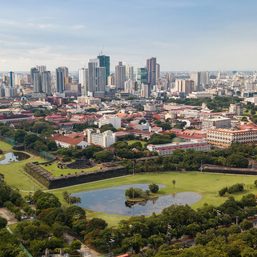SUMMARY
This is AI generated summarization, which may have errors. For context, always refer to the full article.

ILOILO, Philippines – The word “Flight” has a special affinity for Ilonggo pilot and photographer Floyd Pison Bermejo.
It is also the title of his week-long, one-man photography exhibition at the Northpoint wing of SM City in Mandurriao, Iloilo City, which runs until May 8, Monday.
Bermejo said the inaugural photo exhibit is a tribute to his profession as a pilot and his passion for bird photography.

The exhibition features photographs of various birds that are endemic to the country, particularly in Panay.
But the central exhibit is the photo of the Philippine eagle (Pithecophaga jefferyi) featured on the P1,000 polymer banknote recently released by the Bangko Sentral ng Pilipinas (BSP).
Bermejo, who traces his roots to the Pison family in Iloilo City, said his passion for wildlife stemmed from his childhood in Sipalay, Negros Occidental, where he climbed mountains, went spelunking or cave exploring, and bird hunting.
His childhood passion grew and turned to photography when he took his flying lessons. He first took aerial landscape shots before turning his lenses to birds when he joined the Wild Bird Photographers of the Philippines in 2014.
“It so happened that I photographed a bird relative to the lowland white-eye. That took my fancy, and I researched and learned that there are a lot of unique birds in the country,” Bermejo said.
His interest in bird photography grew even more in his desire to preserve and protect endangered bird species in the country. His goal is to photograph more than 700 bird species that thrive in the Philippines.
He also described bird photography as another form of hunting, but in a benign manner.
“With wild bird photography, the thrill is the same as hunting, but this time you are already using a camera,” he said.
Bermejo also likened it to wooing another person, which takes time and loads of perseverance.
“As bird photographers, we have our hides where we stay for hours on end to wait for the perfect bird at the perfect moment. You also must study their characteristics and movements to capture that perfect pose and moment. Most of the time, we are just in the hide without eating and even urinating. One must be patient,” he said.
‘King of birds’
Bermejo said the Philippine eagle is one of his dream subjects, especially those in the wild.
“When I started wild bird photography back in 2014, I listed all the birds that I wanted to photograph in the wild. The Philippine eagle is at the top of the list. Aside from being our National Bird, the Philippine eagle is the largest bird of prey here in our country and the most beautiful, if I may say so. It’s the king of birds,” he added.
That dream was realized in 2017 when he visited the Philippine Eagle Center in Davao City. Apart from his photography equipment, he prepared for this milestone by studying the eagle’s behavior, physiology, and habitat.
“I did some research about the Philippine eagle on how it behaves because I wanted to photograph it with its crest up. I learned that eagles raise their crests when they are excited. In captivity, they get excited when they see their handlers bringing food. Whenever a handler approaches the eagle to feed it, I would prepare to get that crest up shot,” Bermejo said.
The shot he sought was the eagle displaying its fierce instinct while looking gentle at the same time. He captured that perfect frame – the eagle’s crest slightly raised, its gaze down and to the right of the lens – after several hours of patient watching.
But how did the BSP choose his eagle shot for the new P1,000 bill?
Contrary to rumors, Bermejo said the central bank did not initiate a competitive search for the eagle’s head.
“They just googled photographs of the Philippine eagle and found my shot posted on my website. They then reached out to me and asked if they could use that photograph for the new banknote,” he narrated.
Instead of royalty fees, Bermejo said he donated the eagle photo to the BSP to advance his advocacy to preserve the Philippines’ rich biodiversity.
Bermejo’s photograph of the Philippine eagle earned the admiration of Robert S. Kennedy, the author of A Guide to the Birds of the Philippines, and a conservationist who helped launch the Philippine Eagle Foundation. Kennedy is also the honorary chairman of the Robert S. Kennedy Bird Conservancy, of which Bermejo is a member.
“He (Kennedy) congratulated me for my photograph of the Philippine eagle on the new P1,000 banknote, saying: ‘What a great honor to have your photo appear in a way that it can be seen by millions of people every day. And what an important conservation message to send to all in the Philippines.’ Those words made me feel that my photography has become concretely and completely gratifying,” Bermejo said.
Hobby to advocacy
Bermejo’s foray into wildlife photography was elevated from a mere hobby to advocating for environmental awareness and preservation. The grandeur and beauty of the birds made him realize the importance of protecting these magnificent creatures and their habitat.
“Why would someone harm such a wonderful creature? Why would they ever want to destroy its kingdom?” he pondered.
Through his exhibit, Bermejo said he hopes to inspire others to act in protecting and conserving the Philippines’ rich biodiversity.

“Nature conservation is the main reason why I am passionate about wildlife photography. Images are powerful. They can inspire and evoke beauty,” he said.
Proceeds from the sales of the exhibit will go to the Talarak Foundation Incorporated, a conservation organization that focuses on endemic and endangered species in Negros Island.
“I love being in nature. I love seeing wild animals in their natural habitat. So, through my photographs, I want to share what I see in the wild because I always want to share what I perceive as beautiful. The Philippines is a very beautiful country, rich with unique flora and fauna. That is one of the reasons why I chose this genre of photography – I want to showcase our unique wildlife to the world,” Bermejo said. – Rappler.com
Francis Allan Angelo is an Aries Rufo Journalism fellow.
Add a comment
How does this make you feel?














There are no comments yet. Add your comment to start the conversation.